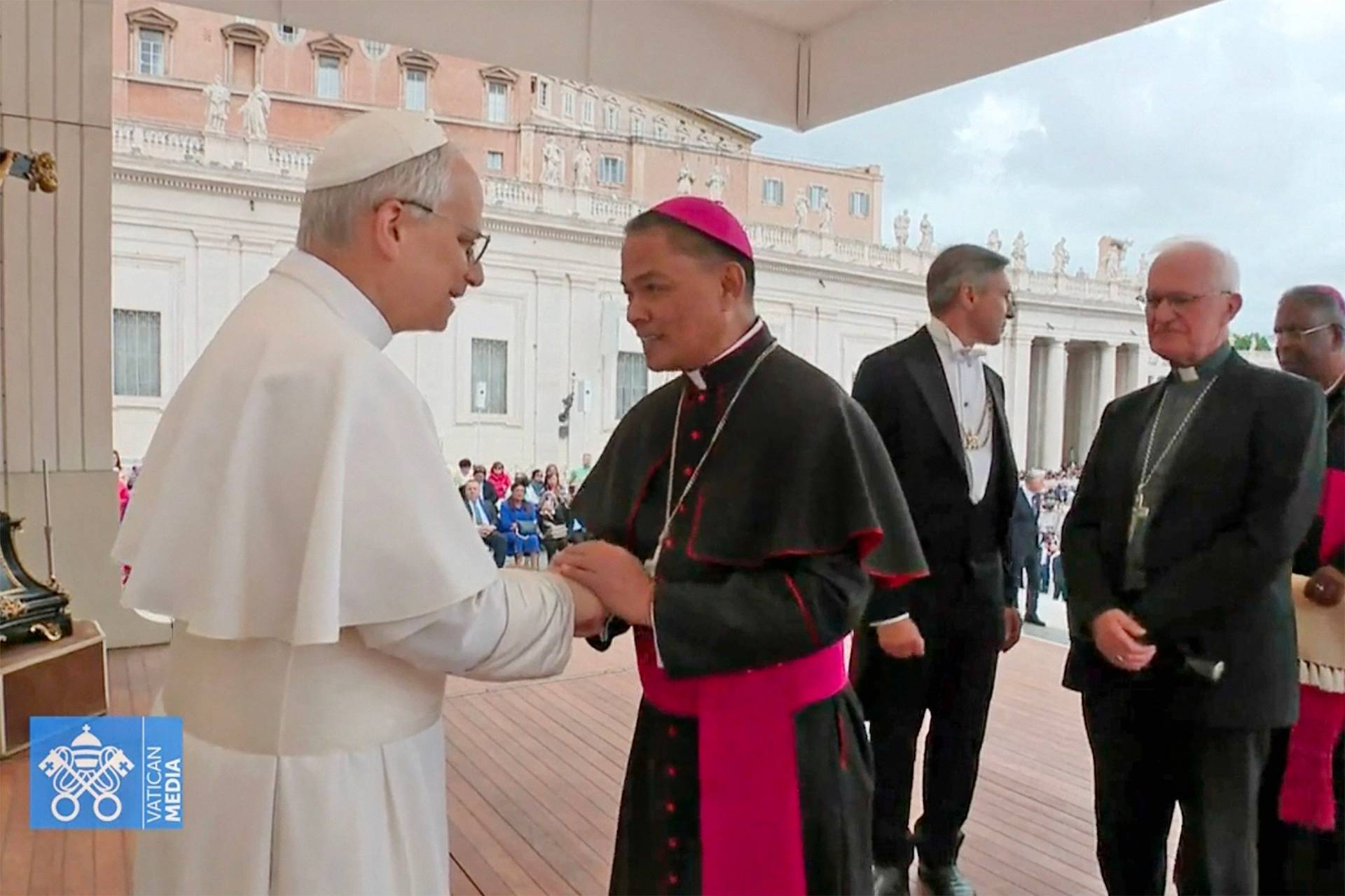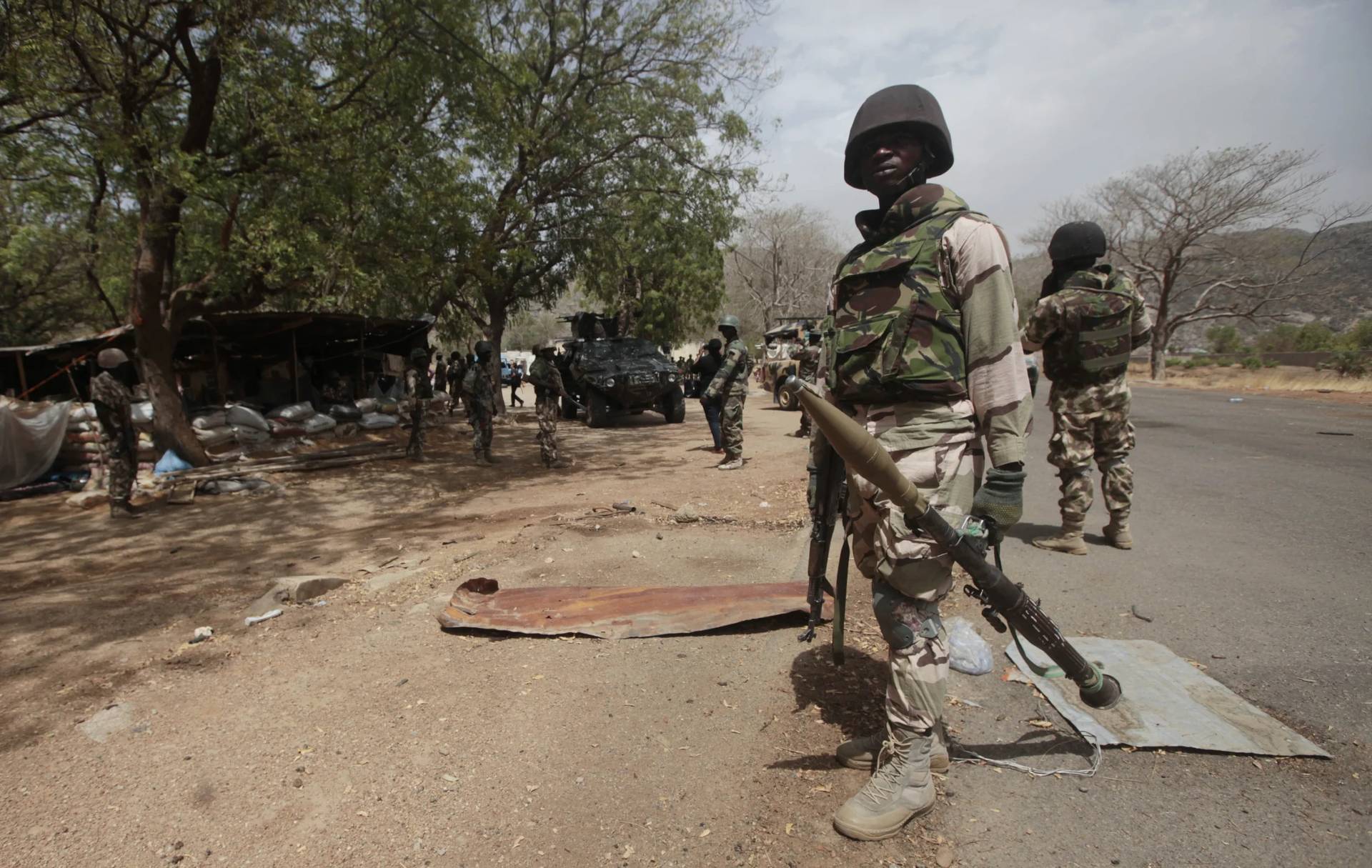WASHINGTON, D.C. — Bishops John E. Stowe, Oscar Cantu, and Mark J. Seitz are known for putting on the miles visiting their respective dioceses, whether on the rural roads of Kentucky, the bottleneck traffic of San Jose, California, or the border community of El Paso, Texas.
But in mid-March, like the rest of the world, the three prelates, along with bishops worldwide, were forced to change the way they operated their dioceses practically overnight as civil authorities put in place restrictions to limit the spread of the coronavirus. Since then, they’ve had to run their dioceses ‘virtually,’ meeting with staff via teleconferencing services, filming public service announcements and connecting to their communities through the lens of the camera in nearly empty cathedrals or chapels as they livestream Mass.
When Kentucky put in place a stay-at-home order in mid-March, one of the first in the country to do so, Stowe said the Diocese of Lexington, which he leads, didn’t have much time to prepare. But he quickly “lifted” the obligation to attend Mass, sending out “strong encouragement for vulnerable populations not to attend,” as all pulled together to move as fast as possible to institute social-distancing measures for those who were still attending physically, while trying to move the celebration of the Eucharist and local church operations online.
With social media in wide use in his diocese, “we got the word out rather quickly and were able to get the Mass available ‘virtually’ to a lot of people with a lot of expressions of gratitude for having that in place,” he said in a May 1 phone interview with Catholic News Service.
Within days, priests and lay ministers began to connect with parishioners via a variety of platforms, which besides keeping the Mass alive online, also organized activities to serve the local community with the needs the crisis produced.
“My biggest fear was that, with this shutdown and stay-at-home regulations, the church would become invisible, but it hasn’t,” Stowe said. “Appeals for Catholic Charities had a great response. Our Catholic schools were the first to open their cafeterias to kids that were undernourished and depended on their school lunches for regular nutrition. I’ve been impressed by the way they (priests and lay ministers) have responded.”
They also began offering devotional prayers online, eucharistic adoration, inspirational talks, using any method available to help the community and reach out to the flock, he said.
“We’ve had a number of priests just going through the parish roster calling people at home to make sure that they’re OK,” he said.
In San Jose, Cantu said there were some initial travails over the mute button on Zoom and anxiety about livestreaming, but now pastors at 44 of the diocese’s 53 parishes are offering livestream Masses in a variety of languages and regularly meet online.
“Once they got used to it … now they’re asking: ‘why haven’t we been using this all along? I’d rather not drive down to the chancery and fight all the traffic,'” he said.
The diocese’s Catholic schools switched to online learning over a weekend, a boon for new enrollment as local parents worried about their children, he said.
“That was a real blessing because the local public schools, it took them a whole month … to get up and running so we actually got a lot of families to come over to the Catholic schools because of that.”
Like the Diocese of Lexington, San Jose saw online viewership traffic dramatically jump, 25 percent, which became a problem on Easter.
“We kept getting knocked off of Facebook,” which the diocese used for livestreaming, Cantu said, because too many people were wanting to watch the Mass.
But they noticed a phenomenon the bishop of Lexington as well as El Paso also reported.
“We’ve seen an uptick of people who are connecting to the church during this crisis and we suspect there are people who were sort of the margins of the church, maybe some fallen away Catholics that, because of the crisis, they have felt a need for the sacred, a sense of community and so they’ve been connecting to us,” Cantu said.
“I’ve asked our leaders to think about: What are the lessons learned? How do we continue to reach out after we’re able to open our doors again, in new and innovative ways with online learning, with livestreaming, and evangelization, because some of these people who have connected to us via livestream during this time, they may not be quite ready to come in the doors physically once we open. So, how do we continue to feed them spiritually through online resources and think about evangelization in some innovative ways? We had talked about it before the pandemic and now the crisis has forced us to jump into it.”
Priests in San Jose have been doing live Q & A sessions with parishioners on Facebook, faith formation for adults and children, “we even have a lay institute that has continued without missing a beat,” Cantu said.
“They’re doing online learning for some 300 adults,” he added. “There’s been a pretty, almost seamless, shift to online presence.”
But the seemingly endless Zoom meetings the bishops go in and out of can take a toll.
“I’ll tell you what, speaking of tiring and exhausting, the Zoom meetings,” said Cantu. “Any given day even when I’m home, I’m having an average of 8 to 12 meetings every day. It’s been exhausting.”
“Sometimes, my day is practically going from one Zoom meeting to the next,” said Seitz in El Paso.
And though it can be frustrating, “I’m so grateful this technology is able to be in place at this time,” he said.
It’s wonderful to see the faces of the staff that he used to interact with daily, even with the frustrations technology can bring. He finally opened a Facebook account to interact more with people. One night when he couldn’t sleep, he sketched out PSAs about donating blood and planting a “coronavirus victory garden,” now up on YouTube.
His diocese has partnered with local TV stations to broadcast Mass in English and Spanish, in addition to the livestream offerings, and the diocese uses an already existing phone bank, whose number is flashed on the screen when the offertory would normally take place, during the online Mass for donations to be funneled to parishes.
“We’ve had more people watching the Mass online or on TV than we would have had in all the churches in El Paso on any given Sunday,” he said. “We’re reaching a lot of people who either weren’t able, or for some reason, weren’t coming into the church and they’re making a connection with the church. One lady contacted us and said, ‘I’ve been away from the church for a while. I happened to tune in to your Mass and now I know what I was missing in my life.’ That’s just the sort of thing you live for.”
Technology and networks that existed pre-pandemic in El Paso have provided a needed connection to God, whether by organizing to deliver food to the poor or witnessing the sacred in the Eucharist, Seitz said.
“I’ve been saying over and over to my priests and parish leaders that this needs to be a time when people remember that the church was there. We were answering the phones, standing up to help … that they were able to witness the Mass during the time that they felt such a hunger for it. That’s my hope, that people will see that the church was really important for the whole community to get through this situation, to see that we’re not satisfied just to live within our walls, do our little thing and sit back in comfort, but we were present and were hungry, too, to share God’s word,” Seitz said.
“We’re hungry to help people get through the trying times in their lives and we will be there for them no matter what happens, pandemic or sickness or war, whatever comes, the church will be there.”















